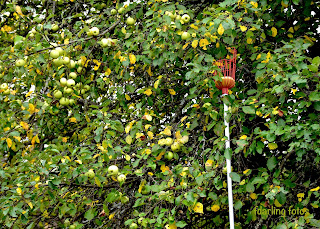 |
| A Picnic is a State of Mind -- Anywhere!! |
A picnic is a state of mind and can be anywhere. Winter picnics can be more like a camping experience with campfire cooking, or a quick picnic snack in the backyard. Each way gets children out of the house in the fresh air when the temperature is not too cold. It is an added plus when when the sun shines, but some winter areas around the country don’t get a lot of sun until February. Who can wait that long?
Winter Park Picnic
Look for a neighborhood park with a few trees and bring along a tarp and blanket. The tarp will keep the blanket dryer and more comfortable. To make the picnic simple you can pack a thermos of tomato, chicken noodle, or vegetable soup and cups and your children’s favorite crackers and cheese. Mac and cheese also works well. Add some carrots and dip, some berries, cookies and hot chocolate. You can also go to a sheltered spot or snow fort in your back yard.
 |
| Try a Winter Campfire Picnic |
Winter Campfire Picnics
If exploring as a family, you may want to try a campfire picnic. There are few tricks to starting a campfire in the snow and maintaining it Shovel the snow aside so that you can start the fire on solid ground or if there’s a thick base or too much snow to push aside, pack it down so that you have a solid platform to put a base of logs like a raft to start your fire on. Search for dry wood under vegetation. Pine cones, dry birch bark pieces and pine needles make a good kindling. Surround the fire with any logs you haven’t used, so the heat of the fire can help dry them out and provide you with extras. Some people place two small logs going east and west and the next layer going north and south to make a little chimney hole. Then they build the fire inside the hole.
Camp fire recipes
 |
| Adapt Those Summer Recipies & Take Them on the Trail! |
Many summer camping recipes can be adapted to winter. The trick is to make foods ahead of time, and wrap them in double tin foil. Serve with hot chocolate and end the meal with s’mores.
To make stew packets, brown one pound of ground turkey or beef. Place some diced carrots, potatoes and one onion in a little olive oil and cook in a fry pan until tender. Stir in meat and add salt, pepper and herbs. Make four little double layer foil pockets and place ¼ of the mixture and ¼ cup of chicken broth in each one. Roll foil tightly and seal. Place on white coals until warm. Burritos are also a hit made ahead and warmed on white coals. For more winter fun see grandparentsteachtoo.blogspot.com or wnmufm.org/Learning Through the Seasons.
Photos, Fran Darling: fdarling fotos





